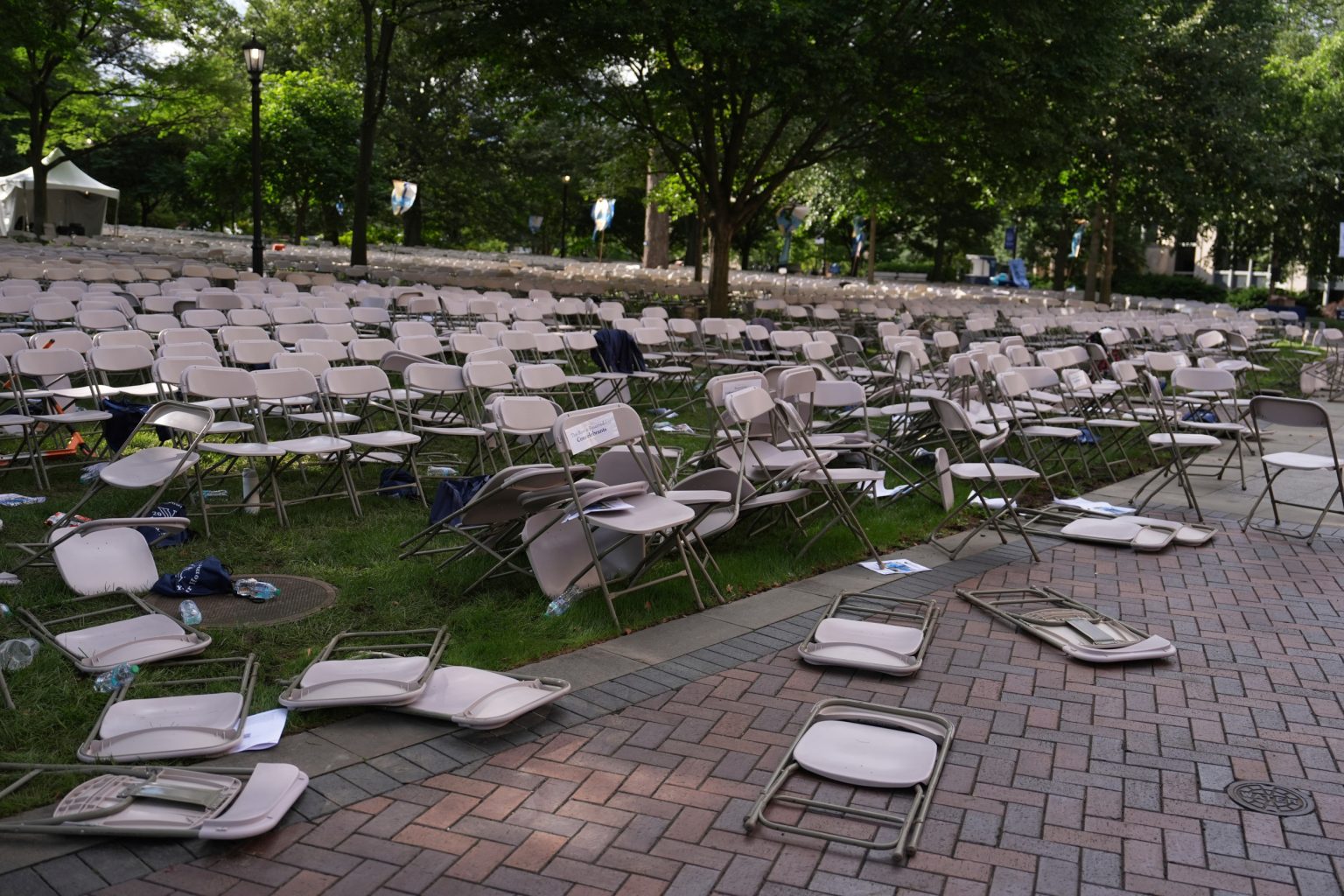False Alarm at Villanova: Campus Community Rattled by Hoax Shooter Reports
The Shock of Disruption
As new students were excitedly beginning their college journey at Villanova University this past week, their orientation was thrown into chaos by not one, but two false reports of active shooters on campus. The first incident occurred Thursday afternoon around 4:30 PM during the orientation Mass at the Charles Widger School of Law, sending students, parents, and faculty into panic mode as they received urgent shelter-in-place orders. In a heartfelt message to the campus community afterward, University President Reverend Peter M. Donohue captured the emotional impact: “Today, as we are celebrating Orientation Mass to welcome our newest Villanovans and their families to our community, panic and terror ensued with the news of a possible shooter at the Law School.” The reverend didn’t mince words about the nature of the incident, calling it “a cruel hoax” while expressing relief that no one was physically harmed. Just when the community thought they could breathe easy, a second false report targeted Austin Hall on Sunday morning, forcing students to relive the trauma as authorities once again swept through campus buildings to ensure safety.
The Response: A Multi-Agency Effort
The false reports triggered massive law enforcement responses that transformed the peaceful suburban Philadelphia campus into what resembled a militarized zone. Multiple agencies coordinated their efforts, including Radnor Township Police Department, Villanova Public Safety, the Delaware County District Attorney’s Office, Pennsylvania State Police, and even the FBI. Officers methodically swept through the law school during the first incident and Austin Hall during the second, finding no evidence of firearms or injuries in either case. The university quickly sent communications to students and families, confirming the reports were “baseless” and that normal operations could resume. These incidents highlight the extraordinary resources that must be deployed when such threats emerge – dozens of officers diverted from other duties, emergency protocols activated, and an entire campus community thrown into lockdown procedures that, while necessary, create lasting psychological impacts for all involved.
The Phenomenon of “Swatting”
These incidents at Villanova appear to be examples of “swatting” – the malicious practice of making false reports to emergency services to trigger a substantial law enforcement response at a specific location. Pennsylvania Governor Josh Shapiro addressed the seriousness of these actions on social media, stating unequivocally: “Swatting is illegal. I’ve directed Pennsylvania State Police to work alongside their partners and use every tool at our disposal to find the person or people who called in this fake threat and hold them accountable.” Law enforcement officials emphasize that these are not harmless pranks but serious crimes that drain public resources, create unnecessary risk for first responders racing to the scene, and inflict psychological trauma on communities. The timing of these incidents – during new student orientation and at the beginning of the academic year – suggests a calculated attempt to maximize disruption and emotional impact on the Villanova community when they were most vulnerable and gathering in large numbers.
The Hidden Costs and Consequences
Beyond the immediate panic, false active shooter reports carry substantial hidden costs. Students who were just beginning to form their college identities now associate their first days on campus with fear and uncertainty. Parents who were dropping off their children with mixed emotions of pride and separation anxiety now have additional security concerns weighing on their minds. Faculty and staff trained to educate and mentor must now also serve as first-line emotional support for traumatized students. The university must allocate additional resources to security measures and psychological services. Each false alarm erodes the sense of safety that is fundamental to a productive learning environment. There’s also concern that repeated false alarms could potentially lead to complacency during real emergencies – the “boy who cried wolf” effect – though campus security experts emphasize that all threats must be treated as genuine until proven otherwise, regardless of past false reports.
The Investigation Continues
Authorities are now engaged in what may be a complex digital investigation to identify those responsible for these false reports. Modern “swatting” cases often involve sophisticated attempts to mask the caller’s identity, including the use of voice-altering technology, spoofed phone numbers, and other digital deception techniques. The multi-agency approach to the investigation suggests law enforcement is bringing significant resources to bear on finding the perpetrators. When identified, those responsible could face serious federal and state charges related to making false reports, causing public panic, misuse of emergency systems, and potentially even terrorism-related charges depending on the intent. The penalties can include substantial fines and prison time, especially if the false reports are determined to be part of a pattern or if they resulted in injuries during the emergency response. Governor Shapiro’s public commitment to holding perpetrators accountable indicates that this case has attention at the highest levels of state government.
Moving Forward: Community Resilience
Despite the disruptive start to their academic year, the Villanova community is demonstrating remarkable resilience. The university has announced plans to resume or adjust orientation activities and to provide additional support resources for students, parents, and staff affected by these incidents. Mental health professionals emphasize that open discussion about the emotional impact of such false alarms is important for community healing. Security experts suggest that these incidents, while troubling, can serve as “real-world drills” that help identify strengths and weaknesses in emergency response protocols. For incoming students, these early challenges may even foster a stronger sense of community as they navigate adversity together. As the investigation continues and campus life gradually returns to normal, Villanova faces the delicate balance of maintaining vigilance without allowing fear to dominate campus culture. The university’s long tradition of community service and commitment to education continues despite these attempts to disrupt the academic environment, with students and faculty united in their determination to not let these incidents define their university experience.


